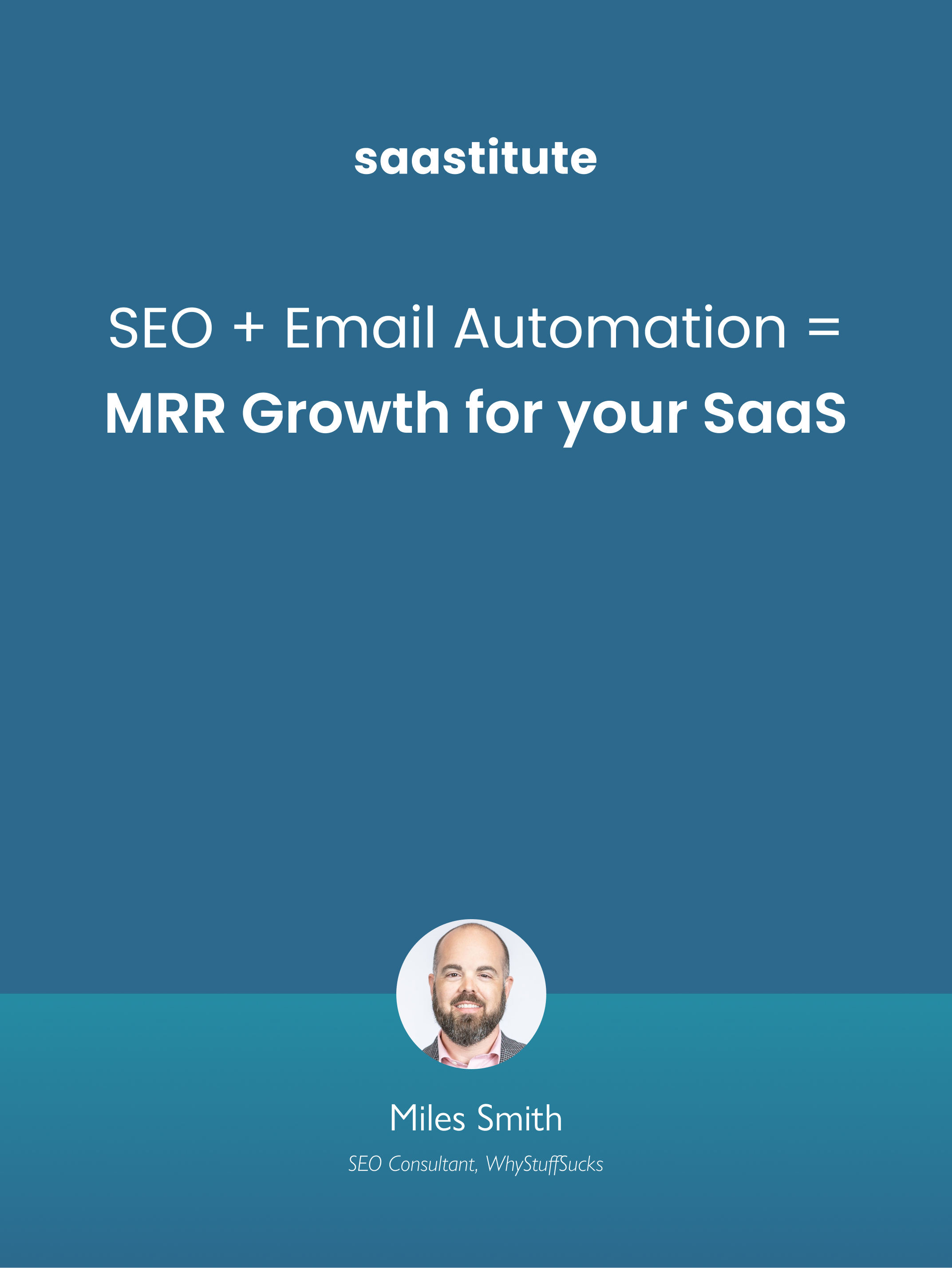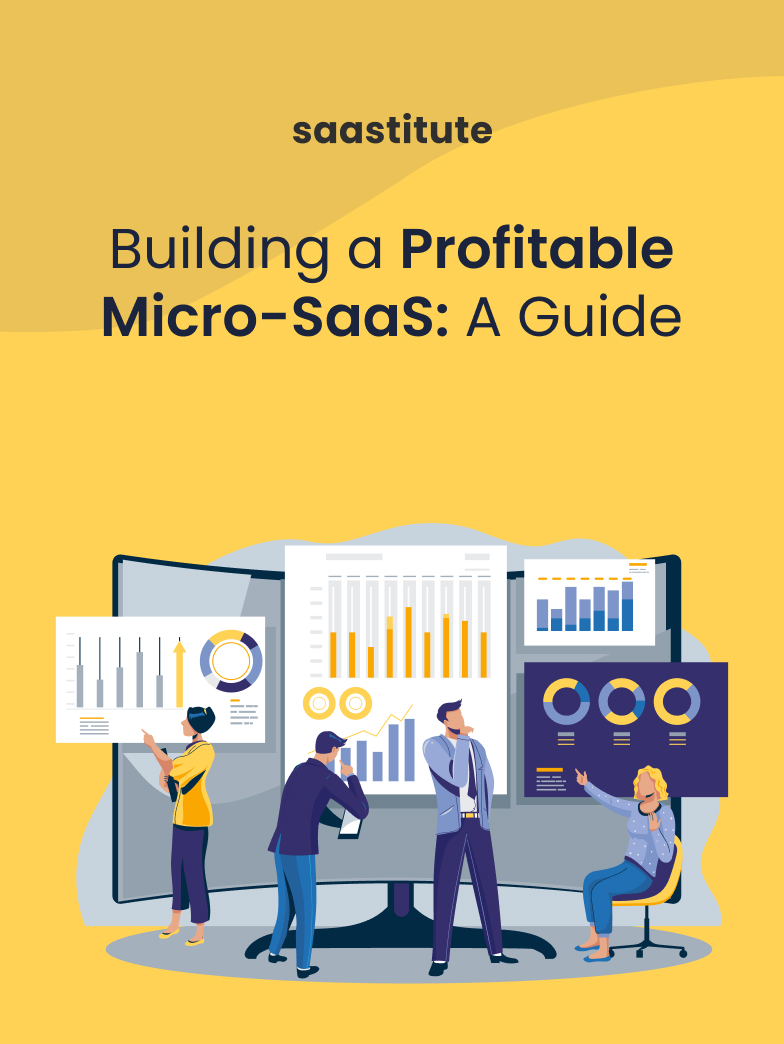Hyper-Personalization in Email Marketing Is the Only Way Forward
Vipasha Sinha, Product Marketer at Zoho's email marketing tool; Zoho Campaigns, talks about the importance of hyper-personalization in email marketing.

A good fifteen minutes of my Monday mornings are dedicated to cleaning my email inbox. It includes deleting emails, marking emails as spam and unsubscribing from irrelevant email lists.
As an email marketer myself, it amuses me why would anyone sell a bomber jacket to someone who lives in Chennai, a region that barely sees winter. It would have made sense if I was planning a holiday and had searched for winter wear on the brand's website, but that's not the case.
On the other hand, I also understand the pressure the sender of these marketing emails must be under to draw the desired engagement.
With Email Service Providers (Zoho Mail, Gmail, Outlook etc) focusing on providing their customers with de-cluttered inboxes, hyper-personalization is the only way forward to ensure that the emails reach the desired destination — the inbox.
Let's start with the basics
Using merge tags is one of the oldest ways to make mass emails appear personal by inserting unique user data from your mailing list into emails. Through this personalization feature has been around for a while, it is still relevant. However, when we talk about hyper-personalization, we need to look beyond using first names.
Optimize your sign-up form
Sign-up forms can be used to facilitate customized content by learning more about customer behaviour. Apart from basic details like name and email id, these forms can be utilised to gauge content preferences. Some of the best ways to utilize sign-up forms include:
1. Associating a topic (Newsletter, product updates, webinar, sales and offers etc) to a form
2. Schedule pop-up forms that appear after the visitor is on a specific section of a page
or has spent a certain amount of time or had clicked certain links.
Smart ways to collect data
Collecting data is important and sign-up forms is one of the easiest ways to do that. However, one cannot make their sign-up form look like a survey. Some brands use interesting ways to collect vital data. For instance, if you want to know the birthday of your contacts, you can create a separate email campaign where you ask them to share their special date in return for an offer. All this data can come in handy while optimizing features like list segmentation and dynamic content.
List Segmentation
The idea behind any email personalization strategy is to treat your contacts as an individual and target them specifically by customizing the email content based on their persona. To achieve this, email marketers should segment their lists keeping in mind the common binding factors, such as location, online behaviour, purchase history, gender or other touchpoints.
Topic Management
To know the kind of content your contacts want to receive is the biggest power. This knowledge allows you to streamline your communication with them to the topics they choose, making them less likely to unsubscribe. With contacts picking the way in which they want to be interacted with, the overall success of your email campaigns is certain. The best way to do it is to use a mechanism that allows you to analyze your audience's interest. A sign-up form is one. The other could be assigning topics based on analyzing campaign reports or allowing your contact to choose their preference.
Dynamic Content
Dynamic content allows you to personalize parts of a mass message that changes based on user behaviour or data you have about your subscribers. These hyper-personalized dynamic emails can be created by changing the content based on the segments that you had created with contacts that share common geographical location, purchase history etc. It saves you the time from writing separate email campaigns for each section of audience.
Behaviour-based automation
Workflows allow you to automatically send content to recipients based on a trigger - it could be after filling in a sign-up form or after entering into an email list or any other trigger specified by you. The pre-set sequence is such that consequent actions completely depend on the recipients' activity. This allows you to send behaviour-based personalized emails, effective for both engaging and nurturing contacts.
Conclusion
A simple personalization strategy will ensure that a person living in Chennai will not ever receive regular updates on winter wear. Instead, she will receive content that is customized for her.
This checklist might appear daunting but it is easier than it seems. The best way to make your hyper-personalization strategy easy is to opt for an email marketing tool that has all these features. Check if they update themselves to keep up with the market trends and also give their users the room to customize their plan for every campaign.
About the writer:
Vipasha Sinha is a senior product marketer with Zoho Campaigns, an email marketing automation tool from Zoho.














.svg)


